The Department of Fisheries (Ministry of Agriculture and Rural Development) recently held a conference on Strengthening cooperation and linkage in lobster farming and consumption for sustainable development in Song Cau Town. Phu Yen Newspaper reporters recorded some opinions of experts and managers on solutions for sustainable lobster farming.
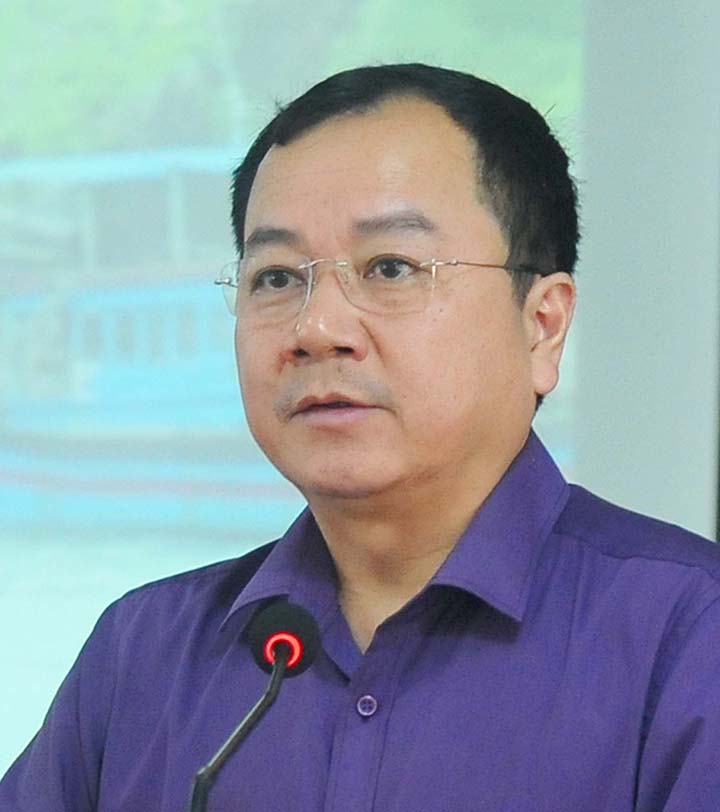 |
MR. TRAN DINH LUAN, DIRECTOR OF DEPARTMENT OF FISHERIES: Quickly hand over stable aquaculture water surface to people
Currently, the Prime Minister has approved and promulgated plans for marine space, coastal resources and local plans. Localities need to speed up detailed planning of farming areas to create digital maps and deploy stable allocation of aquaculture water surfaces to people. At the same time, strengthen management of farming areas, monitor the environment, diseases, lobster hatcheries and strictly control, avoid overuse of drugs and chemicals used in aquaculture.
Not only the Chinese market has demand for lobsters farmed in Vietnam, but many other foreign markets also have demand. Therefore, our production must ensure sufficient quantity, meet international quality standards, and comply with the regulations of the importing country. Localities, businesses, and lobster farming cooperatives need to promote linkages in purchasing, processing, and consumption, in order to create a sustainable, added value chain. Local authorities should participate more strongly to organize lobster production in a more systematic and methodical manner.
Recently, the work of tracing the origin of lobsters has been deployed to localities and brought about some significant results. However, this tracing is still not transparent and clear. The Department of Fisheries has coordinated with consulting units to research the assignment of traceability codes to lobsters. This assignment of codes will help trace the farming facilities, farming areas, to purchasing and processing facilities, etc. to serve export. The Department of Fisheries is piloting the handover of this product to localities, businesses, and lobster farming cooperatives.
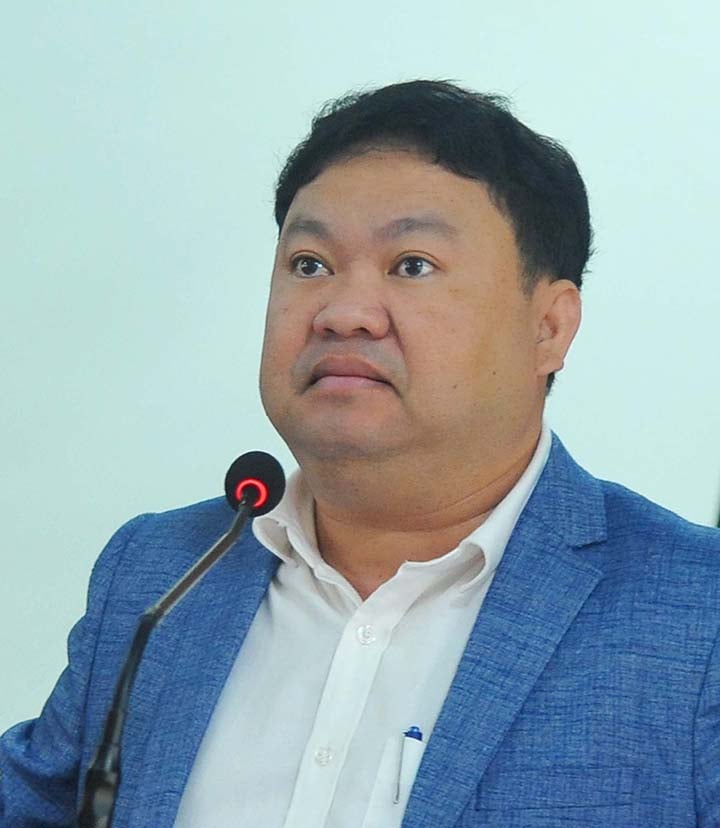 |
MR. PHAN TRAN VAN HUY, CHAIRMAN OF SONG CAU TOWN PEOPLE'S COMMITTEE: Continue to invest in developing lobster farming
Currently, in the town, there are about 4,000 households with about 10,000 workers participating in aquaculture, mainly raising lobsters in cages. In 2024, Song Cau town will have about 129,320 lobster cages, with an output of more than 2,190 tons, and the value obtained per unit of aquaculture water surface is about 1.55 billion VND/ha/year.
Song Cau Town will arrange and allocate sea and water areas for cage aquaculture in farming areas immediately after the overall project for developing the provincial aquaculture industry for the period 2021-2025, with a vision to 2030, is approved, moving towards ending the situation of unlicensed and illegal aquaculture in lagoons and bays.
The locality is forming an offshore aquaculture area of 1,380 hectares, investing in aquaculture technology suitable for each aquaculture species. At the same time, 129 aquaculture community groups are being established according to the regulations of autonomy, mutual assistance, production support, traceability of goods, environmental protection, security and order protection; attaching responsibilities and roles to local authorities. In addition, Song Cau Town is implementing a project to collect and treat waste from cage and raft aquaculture; investing in coastal infrastructure serving aquaculture; applying science and technology and developing offshore aquaculture; converting cages and rafts to adapt to climate change.
The locality is also proposing policies to support people affected by the clearance of cages and rafts to ensure social security and stable employment after the arrangement of cages and rafts.
 |
MR. TRINH QUANG TU, DIRECTOR OF THE CENTER FOR CONSULTING AND PLANNING FOR AQUACULTURE DEVELOPMENT (INStitute of AQUACULTURE ECONOMICS AND PLANNING): Promoting the development of the linkage chain
The Institute of Fisheries Economics and Planning has built two models of linking production and consumption of lobsters according to an effective and sustainable value chain. In Phu Yen, the unit built a chain of linkage and consumption of green lobsters in Song Cau Town. This chain has formed a link between Song Cau Lobster General Service Cooperative with Linh Phat Seafood Trading and Service Company Limited, Thanh Nga Company Limited to provide quality lobster breeds and export farmed lobsters.
Song Cau Lobster General Service Cooperative currently has 35 members, including 1 enterprise, with about 2,300 cages for raising green lobsters, with an output of about 100 tons/year. The unit has trained the cooperative in management skills, production and business planning, product traceability, chain production linkage and market development. At the same time, the unit also offers solutions for disease prevention and treatment in farmed lobsters, preservation of live lobsters, brand building from models, trade promotion to develop lobster consumption markets, etc.
After more than 1 year of implementing the chain of linking and consuming green lobsters in Song Cau, there are still many difficulties. The detailed planning of lobster farming areas, water surface allocation, cage rearrangement, and granting of aquaculture codes... have not been implemented yet. The source of lobster seeds has not been guaranteed to provide sufficient quantity and quality, and the application of advanced technologies is not much... These problems need to be overcome in the coming time.
 |
MR. NGUYEN VAN HUU, DEPUTY HEAD OF AQUACULTURE DEPARTMENT (DEPARTMENT OF AQUACULTURE): Ending spontaneous farming
Since 2015, lobster farming in Vietnam has developed rapidly in terms of scale, quantity, cage volume and output, gradually developing towards commodity production for export. In 2024, the country will have about 280,500 lobster cages, with an output of more than 5,870 tons, and an estimated export turnover of 430 million USD, of which Phu Yen and Khanh Hoa provinces account for over 95% of the total number of cages and output nationwide.
Lobster farming is developing rapidly, however, most localities do not have a plan for the 2021-2030 period and have not invested in infrastructure for marine farming areas. Spontaneous lobster farming is widespread, developing beyond the allowable threshold, leading to increasingly complex environments and diseases. Most farming facilities are small-scale, the rate of registration for cage aquaculture is very low, traditional cages account for a large proportion, and have not expanded to open sea areas. Farming technology is outdated, and the linkage between producers and businesses consuming products has not been strengthened...
To develop lobster farming in a stable and sustainable manner, localities need to focus on reviewing and rearranging farming areas, organizing registration of cage aquaculture, strengthening management, and preventing environmental pollution and diseases. Prioritize investment and application of sustainable commercial farming technology, offshore farming, farming in onshore farms, and converting from traditional cage farming to HDPE cages that adapt to climate change. At the same time, there should be policies to encourage businesses to participate in investment and development, and organize production according to the value chain...
MR. NGOC (written)
Source: https://baophuyen.vn/82/324524/phat-trien-nuoi-tom-hum-theo-huong-ben-vung.html



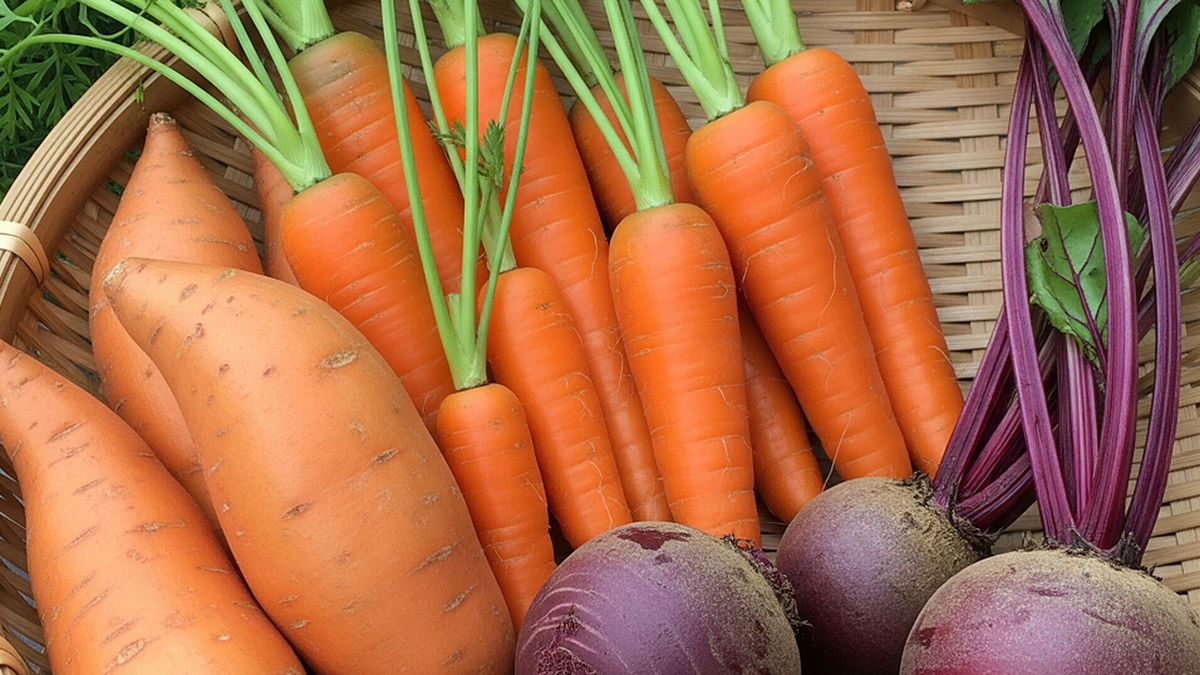

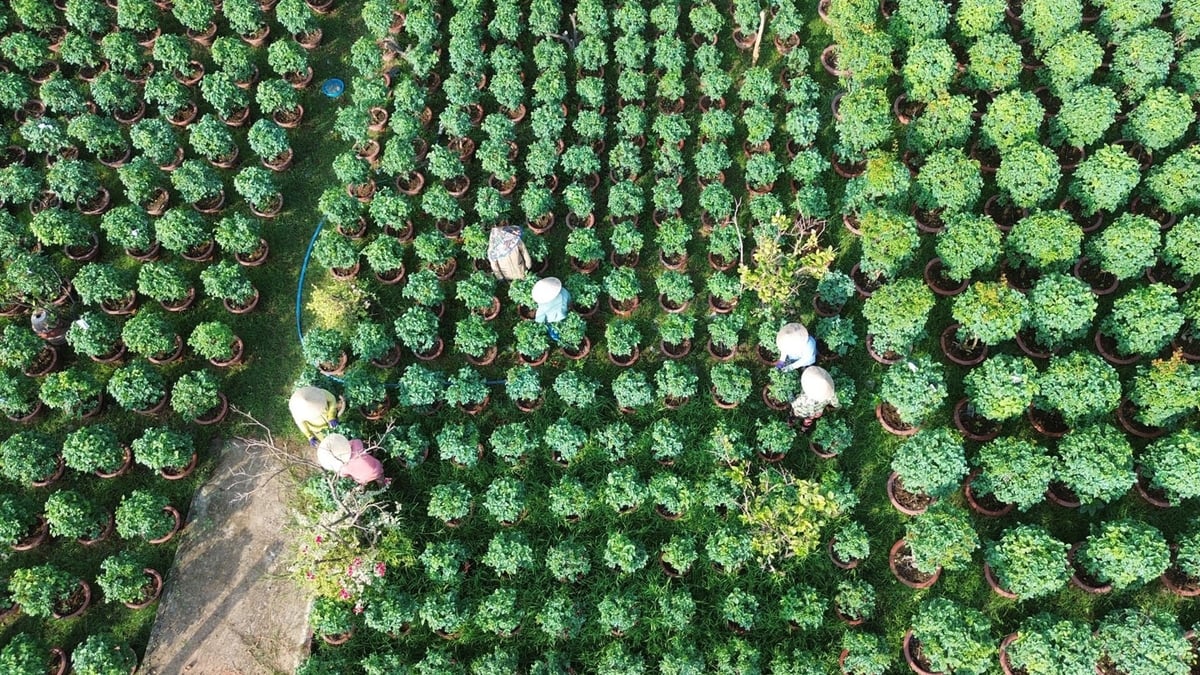

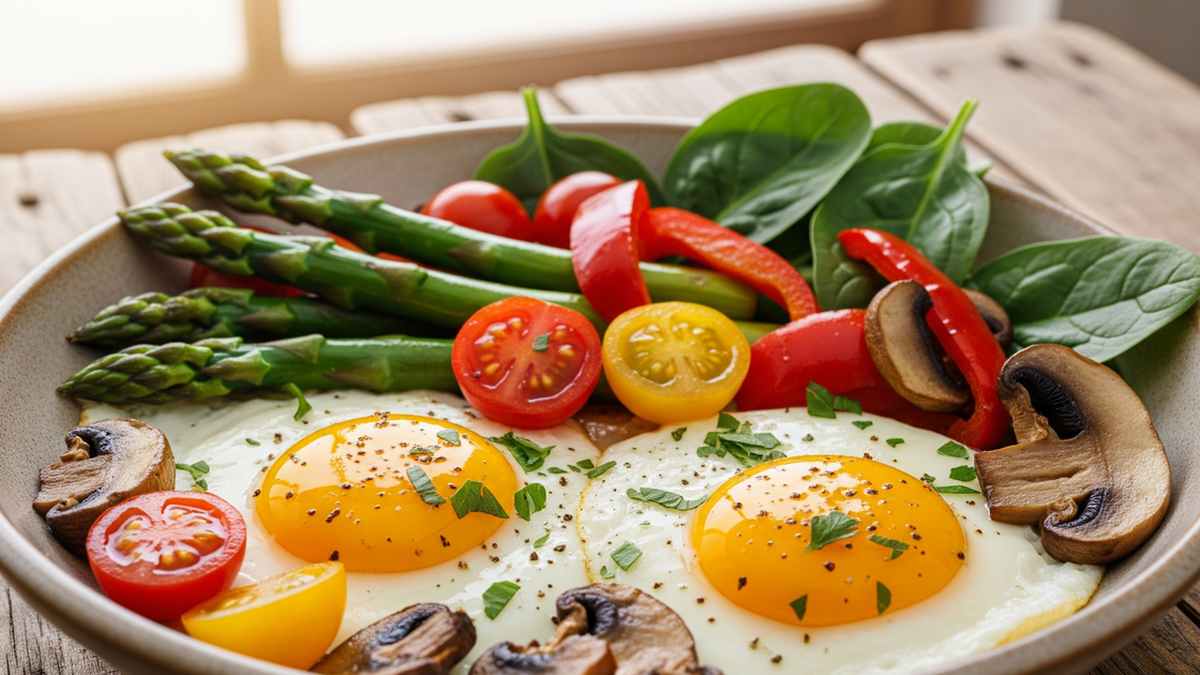

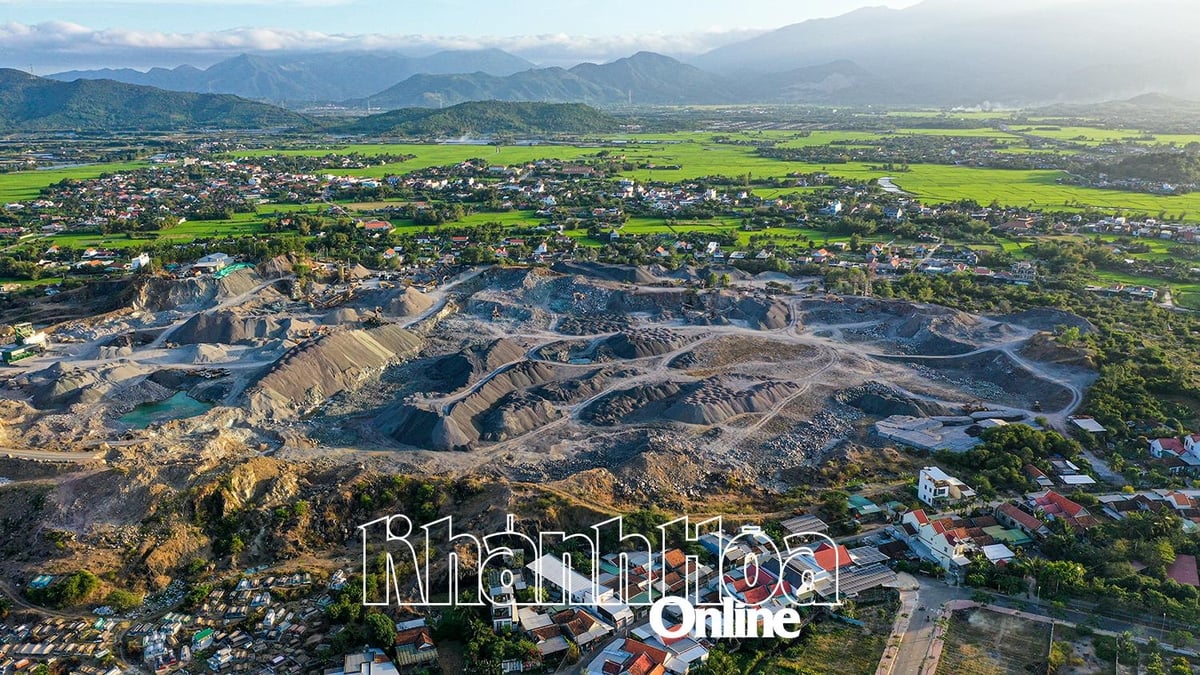
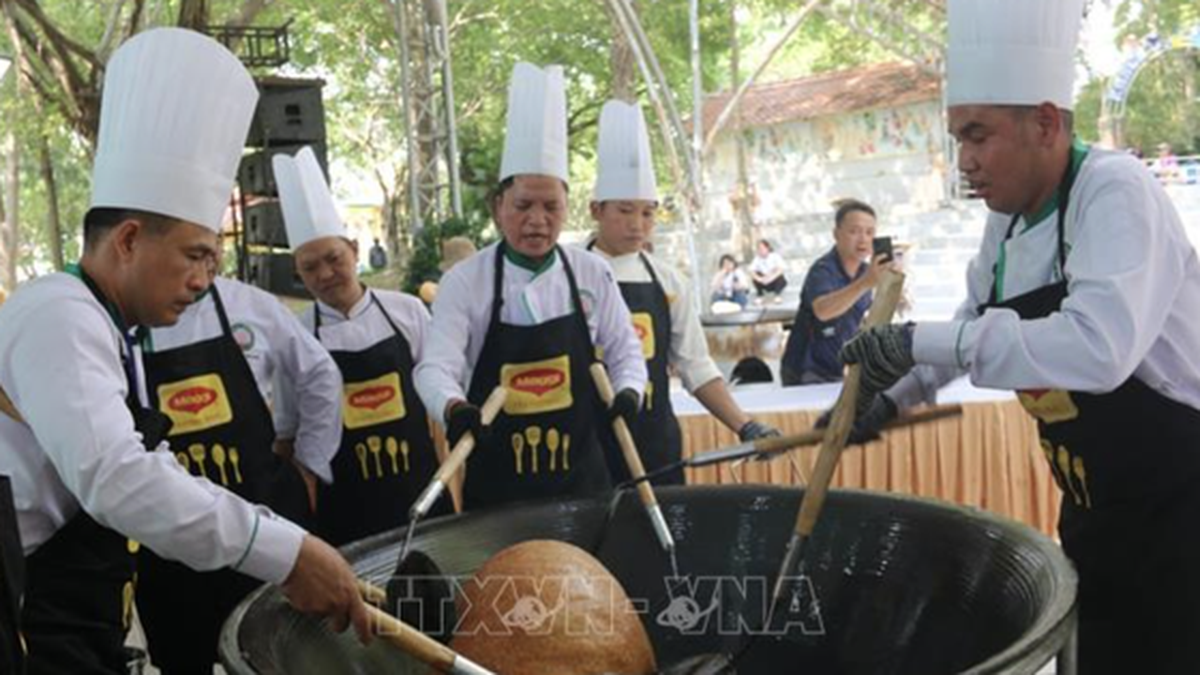
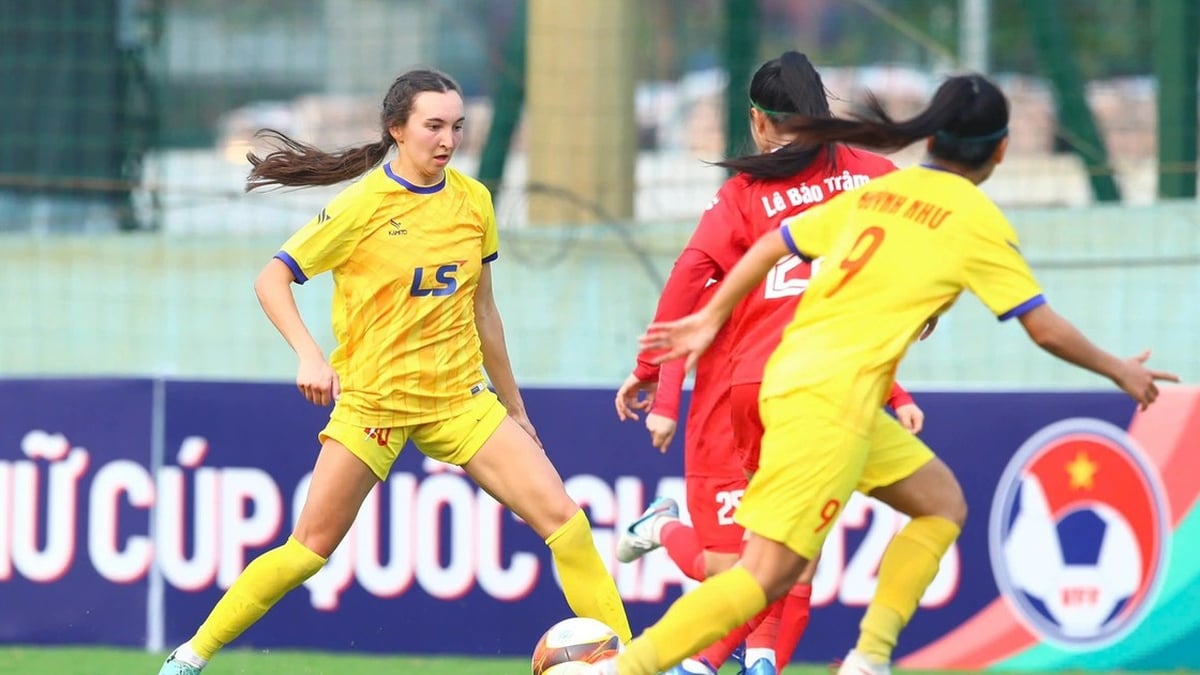











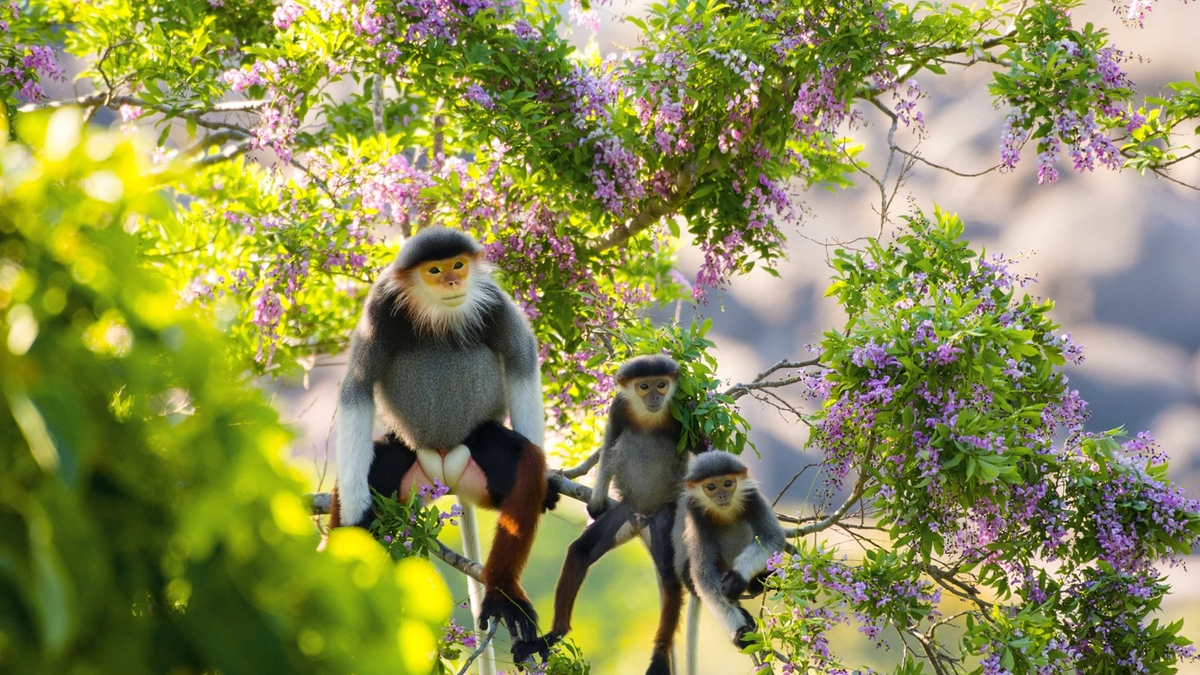

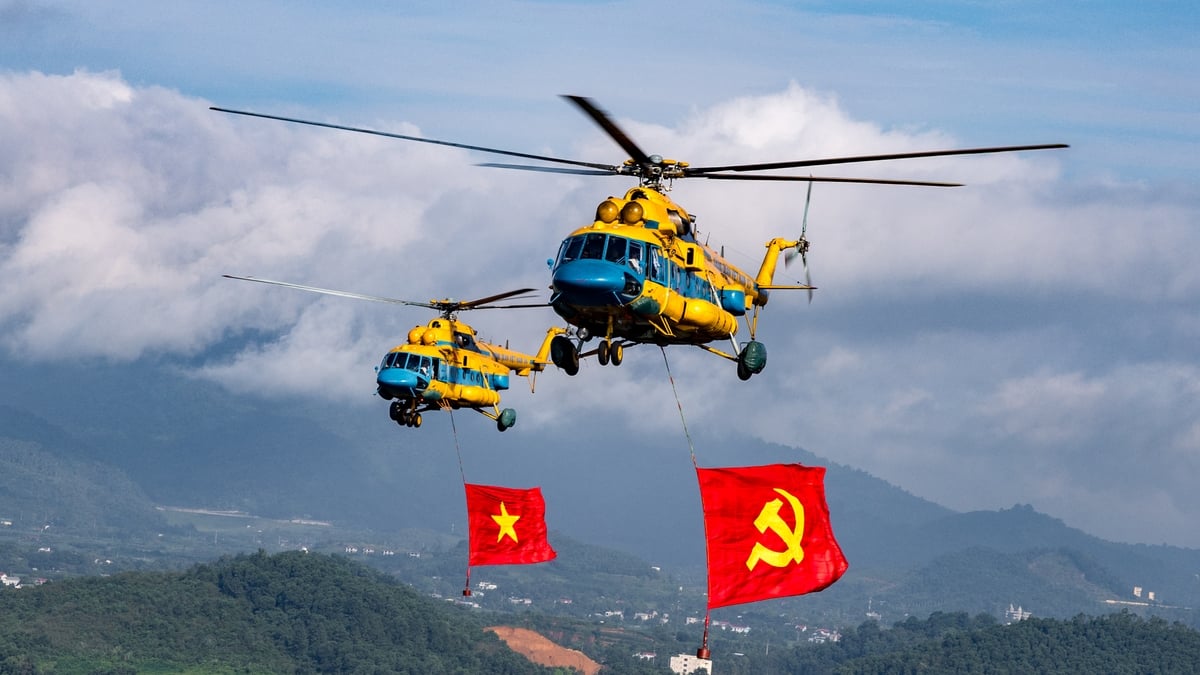

![[Photo] Politburo works with Standing Committees of Lang Son and Bac Ninh Provincial Party Committees](https://vphoto.vietnam.vn/thumb/1200x675/vietnam/resource/IMAGE/2025/8/20/0666629afb39421d8e1bd8922a0537e6)
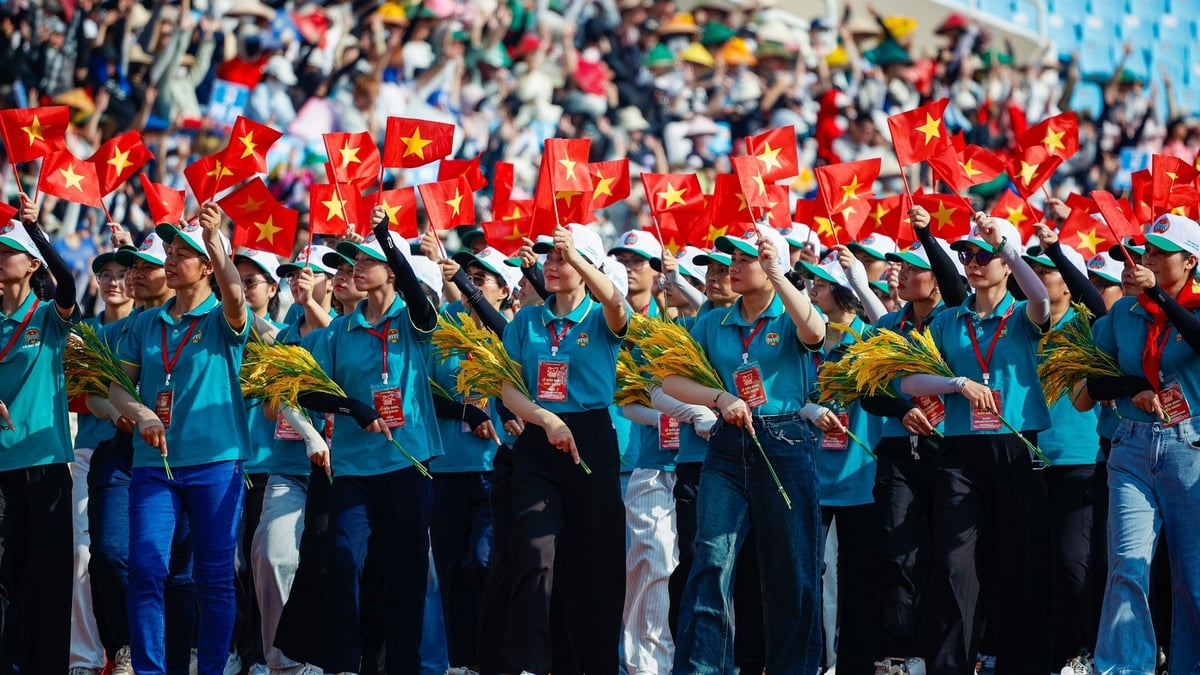
![[Photo] Prime Minister Pham Minh Chinh receives Australian Foreign Minister Penny Wong](https://vphoto.vietnam.vn/thumb/1200x675/vietnam/resource/IMAGE/2025/8/20/f5d413a946444bd2be288d6b700afc33)
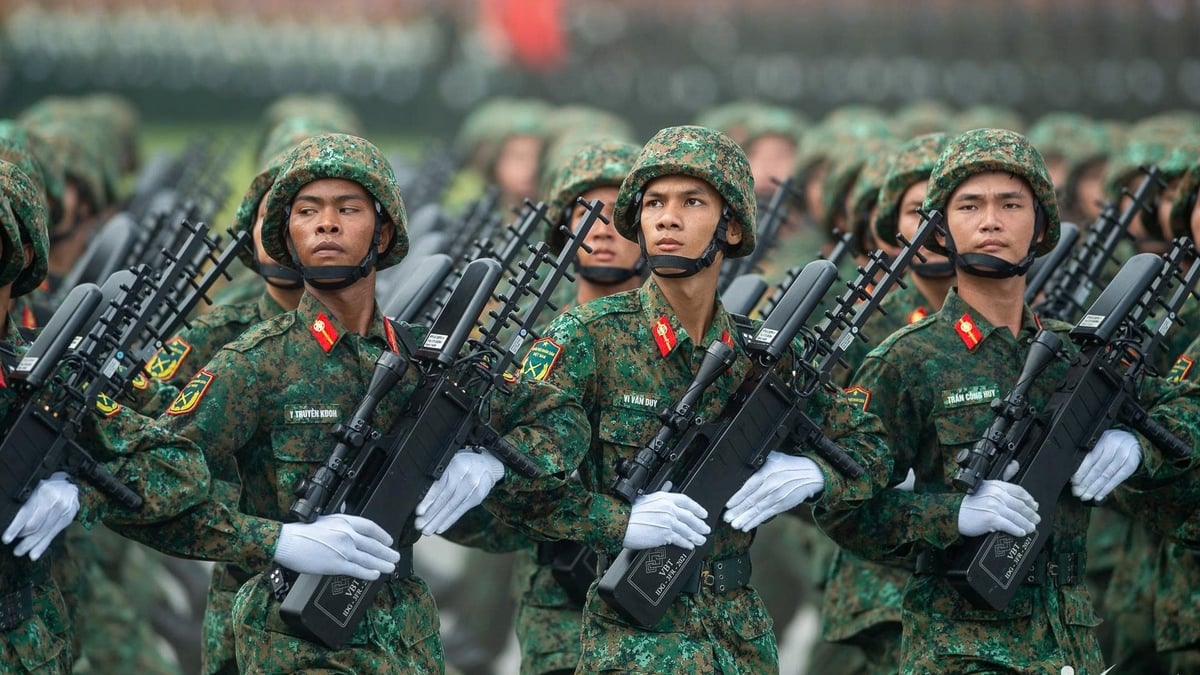
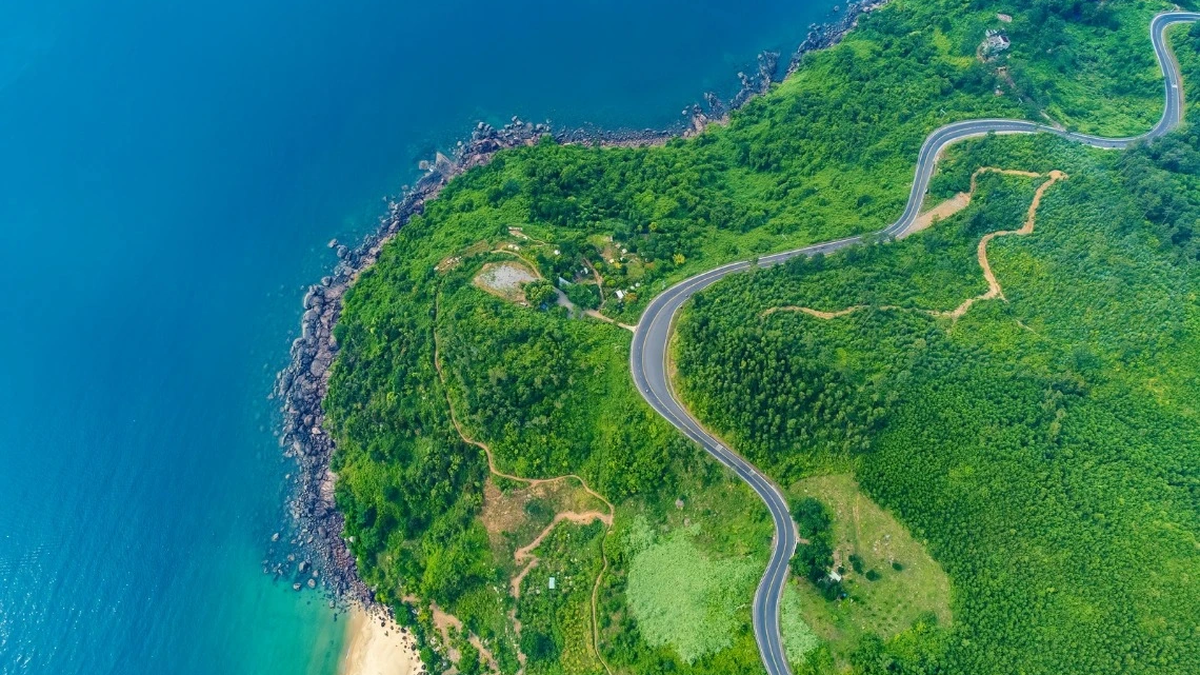
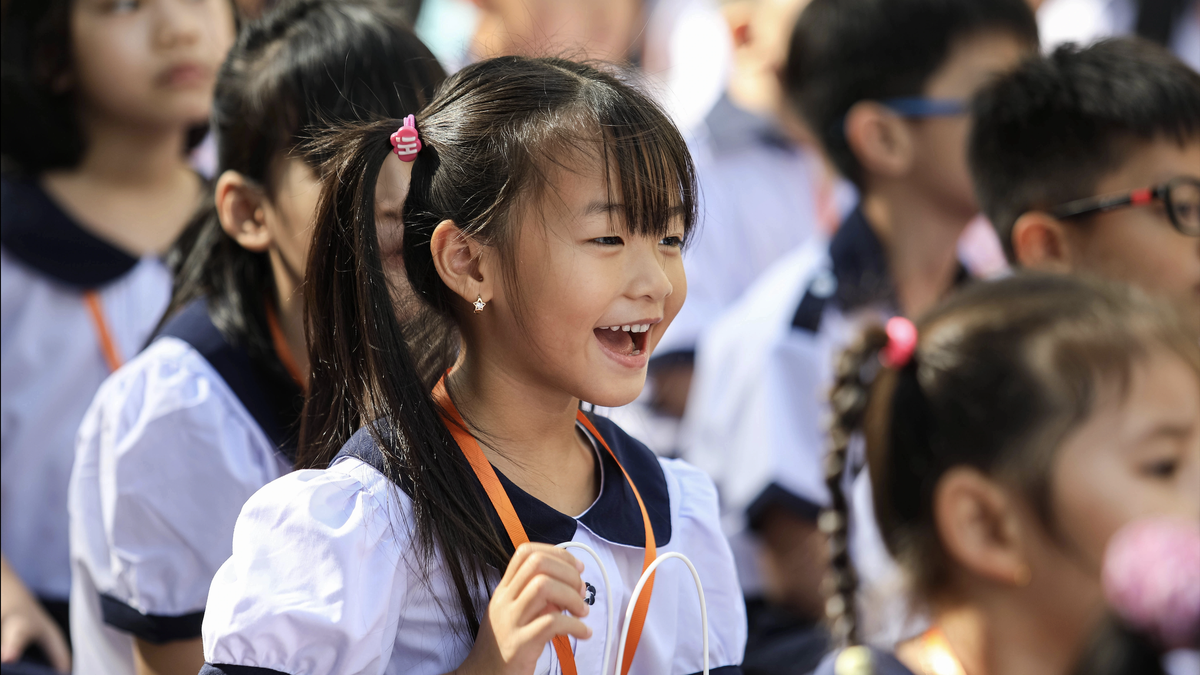


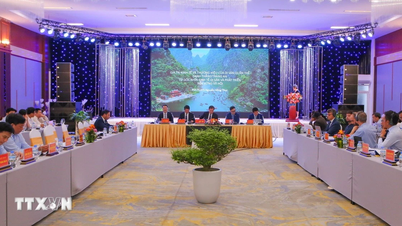

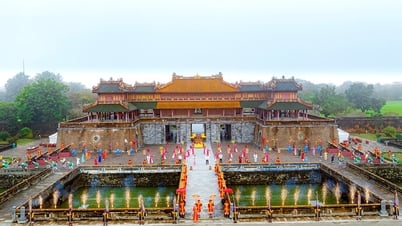

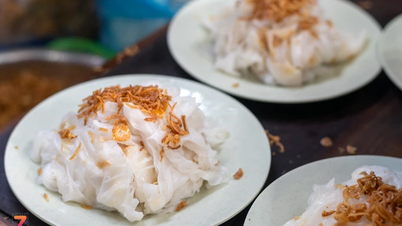

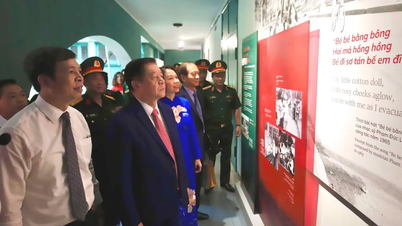

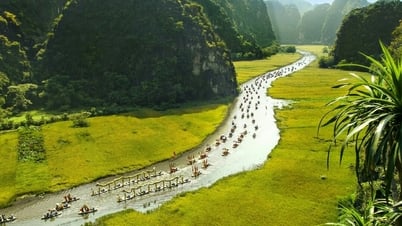





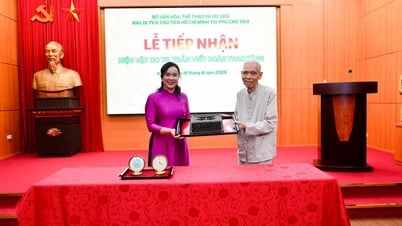

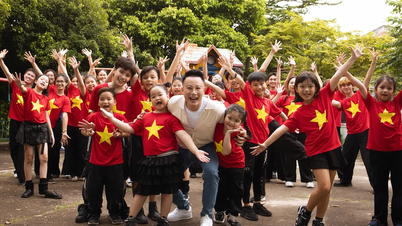

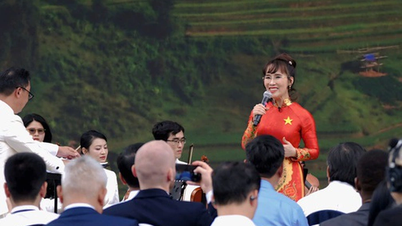
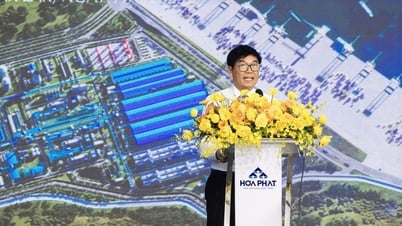





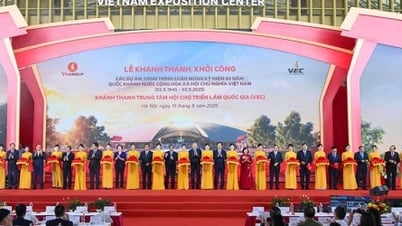
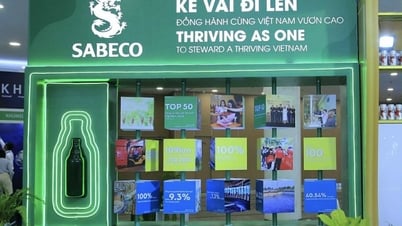
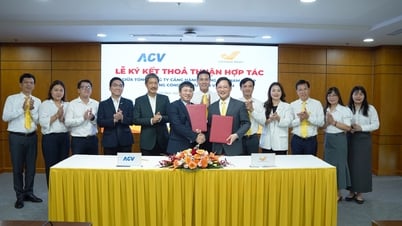






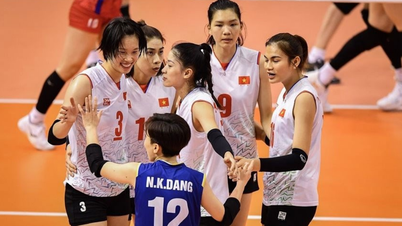

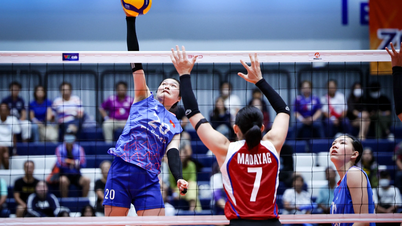
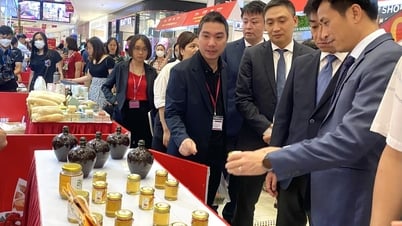

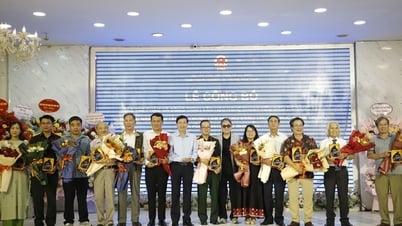

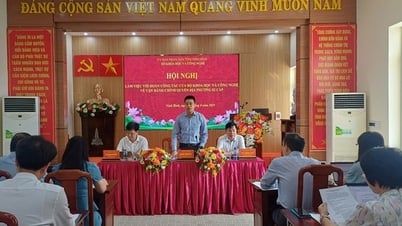

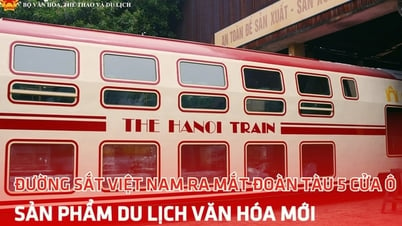
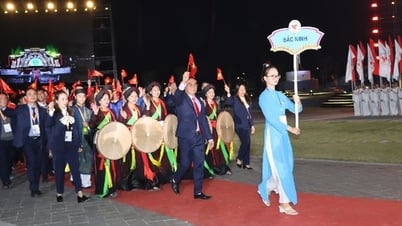








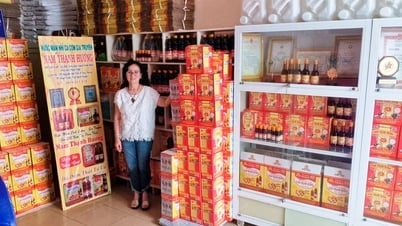

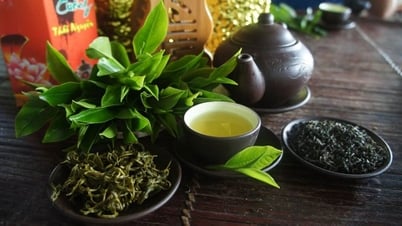

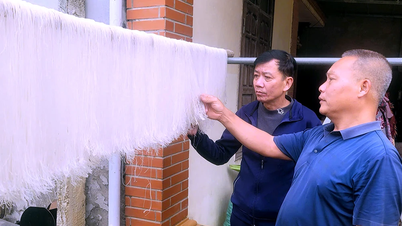

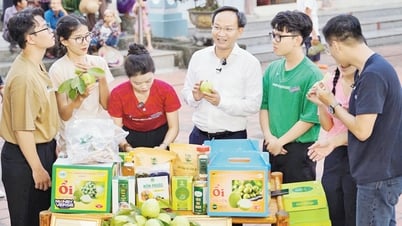

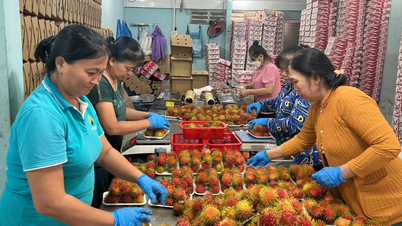



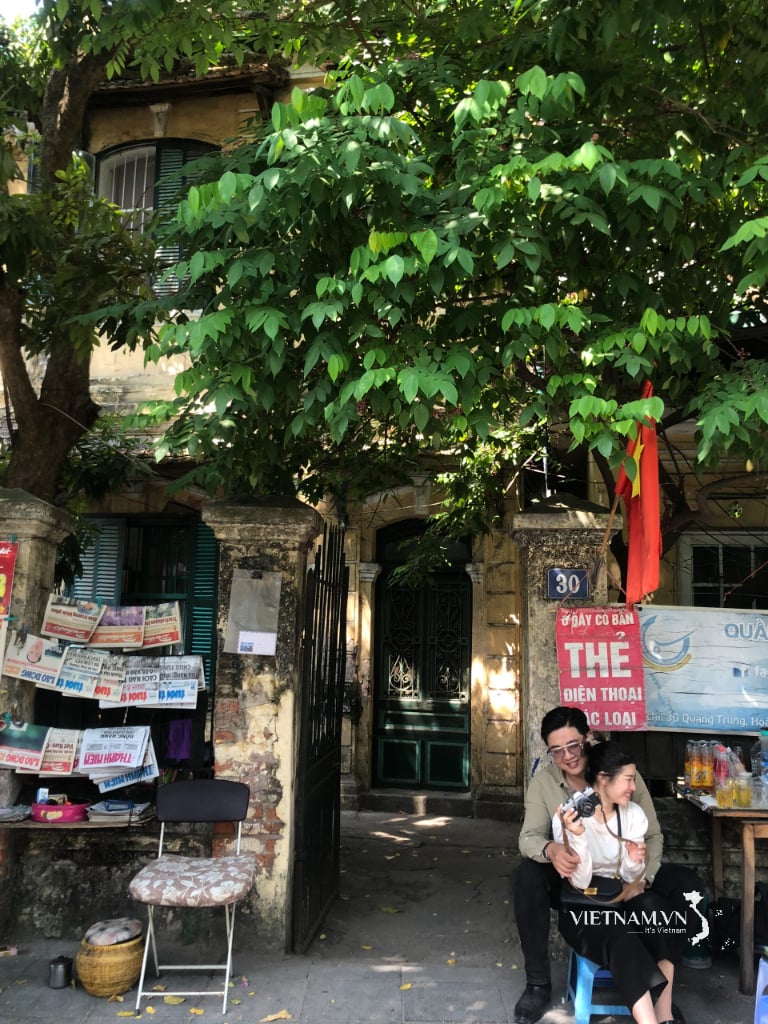


Comment (0)